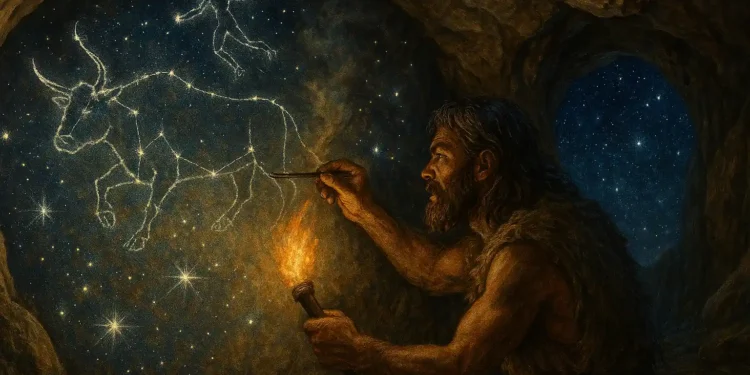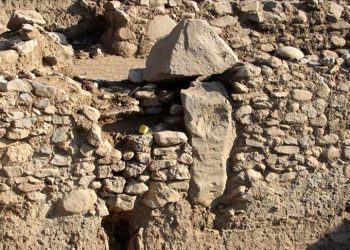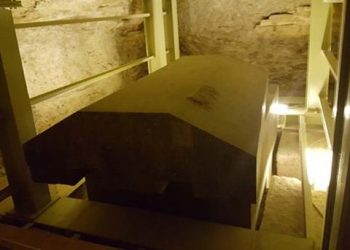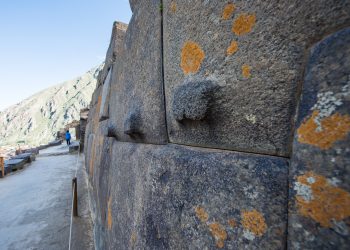Ancient star maps may be hidden in some of the world’s oldest cave art — and they’re forcing scientists to rethink how much early humans knew about the night sky. These symbols were not random animals or simple decorations, but something far more intentional, symbolic, and, as it turns out, astronomical.
According to a growing body of evidence, our Ice Age ancestors may have understood the movement of the stars — and even mapped the heavens — more than 40,000 years ago, and developed intricate ancient star maps.
What scientists once believed were simple depictions of animals — bison, lions, birds, and bulls — are now being reinterpreted as constellations, carefully recorded across cave walls in Europe and beyond. These early artworks may hold encoded references to astronomical events, timekeeping methods, and even cosmic catastrophes witnessed by ancient eyes.
A study from researchers at the University of Edinburgh and University of Kent suggests that many of these symbols form a kind of prehistoric star atlas, ancient star maps, pointing to a surprisingly deep awareness of celestial patterns — one that predates written history by tens of thousands of years.
If true, it would mean that long before modern science, humans were already watching the sky with purpose. Not only to navigate or mythologize, but to track slow astronomical cycles like the precession of the equinoxes, and to preserve the memory of events that shook the Earth and sky alike.
It quietly challenges the story we’ve told ourselves — that early humans were simple, limited. What if they were watching the stars and leaving behind ideas as complex as anything we make today?
Decoding the ancient star maps

To reach their conclusions, researchers from the University of Edinburgh and the University of Kent didn’t just rely on archaeology — they brought astronomy into the picture.
By chemically dating cave pigments and using planetarium software to reconstruct ancient night skies, they aligned the positions of painted animals with celestial constellations as they would have appeared tens of thousands of years ago.
What emerged was a striking pattern: the arrangement of these figures mirrored the night sky, and their positioning appeared to encode astronomical shifts, including the slow wobble of Earth’s axis known as the precession of the equinoxes.
This cycle, which takes over 25,000 years to complete, alters how stars appear in the sky over millennia. Until now, it was thought that the Greeks were the first to describe it. But this study suggests Ice Age humans may have been aware of it 30,000 years earlier.
“Early cave art shows that people had advanced knowledge of the night sky within the last Ice Age,” said Dr. Martin Sweatman, co-author of the study. “Intellectually, they were hardly any different from us today.””
A prehistoric timekeeping system
The cave art points to more than casual stargazing — it suggests that early humans developed a systematic way of marking time, one that stretched across generations, geographies, and even natural disasters.
One of the most fascinating examples is the Lion-Man figurine from Hohlenstein-Stadel Cave in Germany, carved around 38,000 BCE. According to the researchers, its symbolism may relate to a massive asteroid impact that struck Earth roughly 11,000 years ago, triggering the Younger Dryas, a sudden return to Ice Age conditions.
If true, it means ancient people weren’t just observing the sky — they were recording cosmic memory, encoding traumatic natural events in myth, sculpture, and visual language. It adds to a deeper picture of prehistoric intelligence: not just tool-making, but knowledge transmission, storytelling, and perhaps even a proto-scientific awareness of the universe. If cave art is a language, this study suggests we’re only beginning to understand it — and its oldest sentences might have been written in stars.











